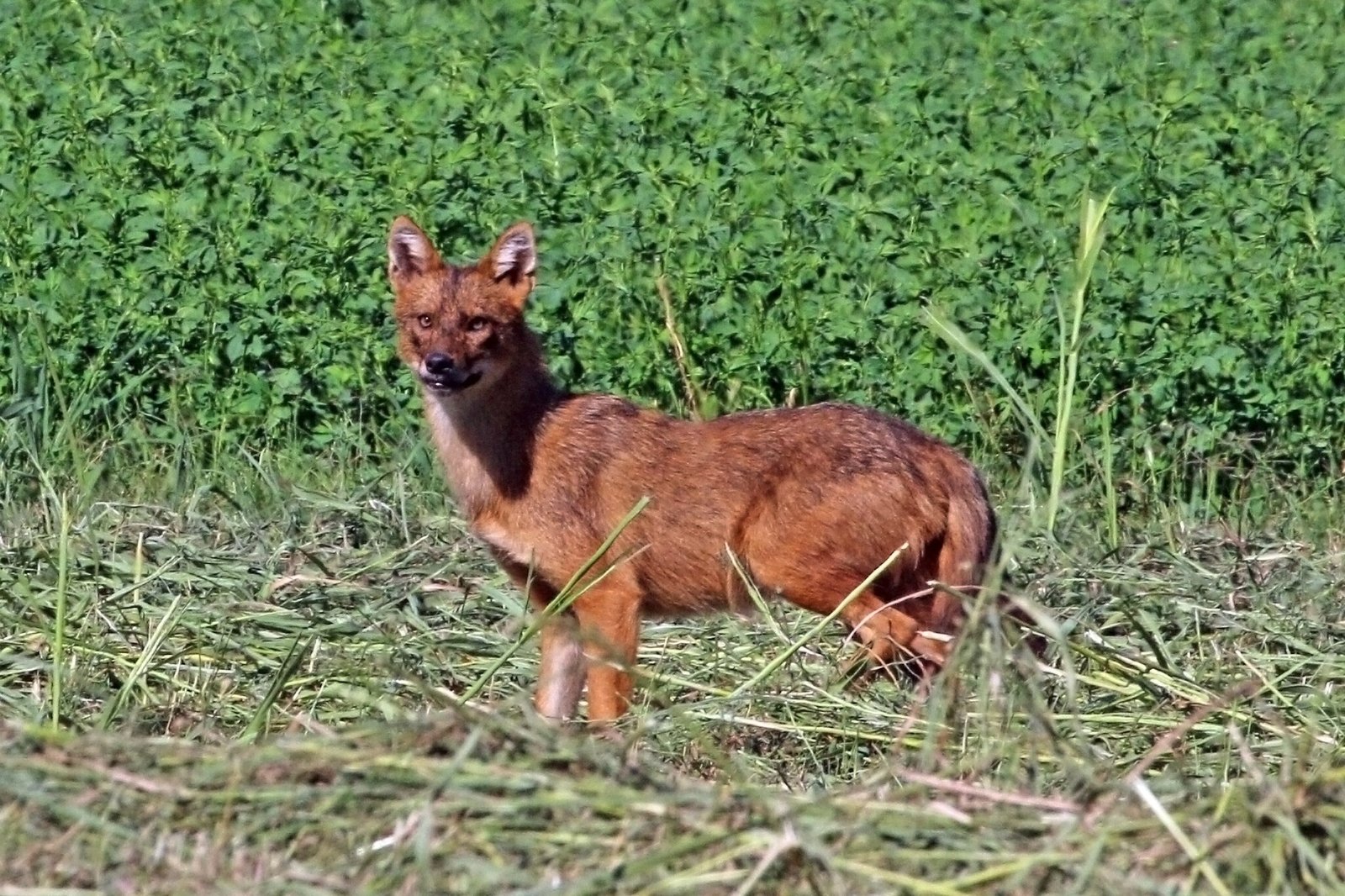Wild dogs encompass a fascinating and diverse group within the animal kingdom, exhibiting a range of adaptations and behaviors suitable to their environments. From landscapes as varied as the African savannas to the Arctic tundra, these canids reflect both the resilience and complexity of nature. This article explores ten unique species of wild dogs, providing insights into their habitats, behaviors, and conservation status.
The Agile African Wild Dog
The African Wild Dog (Lycaon pictus), often referred to as the painted wolf, thrives in the open plains and sparse woodlands of sub-Saharan Africa. Known for their strikingly colorful fur patterns and large, rounded ears, African Wild Dogs are exceptional hunters. They exhibit highly social behaviors, living in packs led by an alpha pair. Their coordinated hunting techniques reflect a deep sense of teamwork and communication, although they face significant threats due to habitat loss and human-wildlife conflict.
The Mysterious Dhole
The Dhole (Cuon alpinus), also known as the Indian Wild Dog, inhabits regions across Central, South, and Southeast Asia. Recognized by their rusty red coats and vocalizations resembling clicks and whistles, Dholes are incredibly social creatures. They typically form larger packs than other wild dogs and have a unique cooperative hunting strategy, making them formidable hunters. Unfortunately, habitat destruction and competition with other predators have led to a decline in their population.
The Endangered Ethiopian Wolf
The Ethiopian Wolf (Canis simensis) stands as Africa’s most endangered carnivore, occupying the high-altitude Afro-alpine regions of Ethiopia. Sporting a slender build and long legs, these wolves are specialized hunters primarily preying upon rodents. Though they form small packs, the social structure is less defined compared to other wild dogs. Conservation efforts focus on disease prevention from domestic dogs and habitat preservation to prevent further decline of their population.
The Elusive Maned Wolf
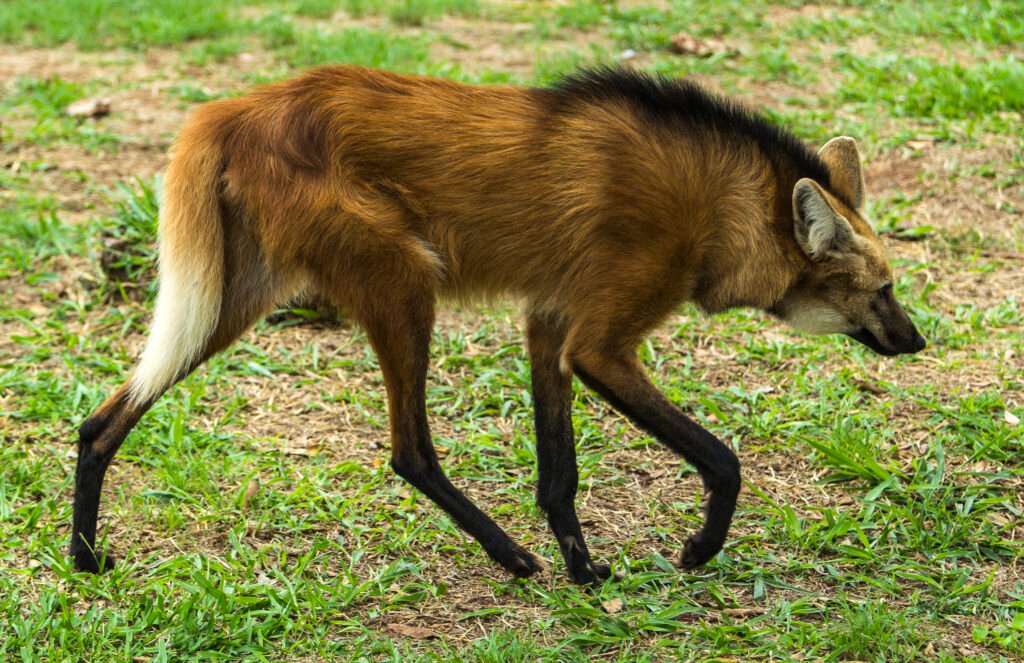
The Maned Wolf (Chrysocyon brachyurus), found mainly in the South American grasslands, possesses a distinct appearance with long legs and a reddish coat distinguishing it from any other canid. Known for its solitary behavior, the Maned Wolf primarily relies on stealth and makes use of its acute senses to hunt small mammals. Their unique dietary habits, which include a significant portion of fruits and vegetables, make them a critical component of their ecosystem, assisting in seed dispersal.
The Resilient Arctic Fox

The Arctic Fox (Vulpes lagopus) is a testament to nature’s ingenuity, perfectly adapted to the frigid environments of the Arctic tundra. With its thick, warm fur, and small, rounded body, it conserves heat efficiently. Arctic Foxes are omnivorous and opportunistic feeders, known for their scavenging behaviors and ability to survive on limited food resources during harsh winters. Though currently stable, climate change poses a potential threat to their Arctic home.
The Adaptable Bat-Eared Fox
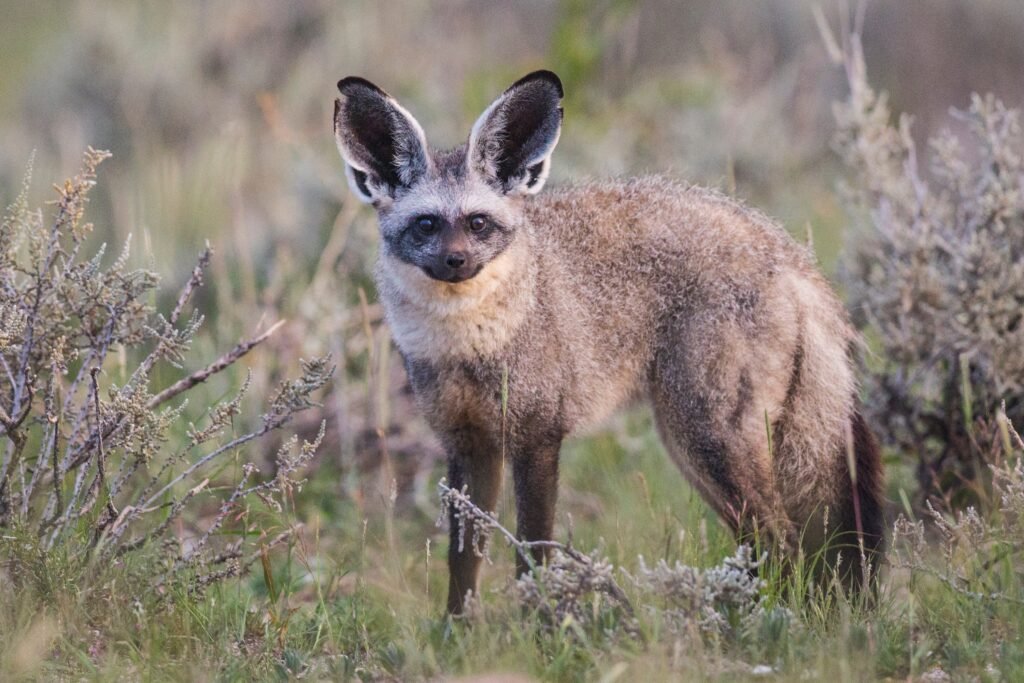
Named for its conspicuously large ears, the Bat-Eared Fox (Otocyon megalotis) roams the arid grasslands and savannas of Eastern and Southern Africa. These ears not only provide excellent hearing but also play a vital role in thermoregulation. Unlike other wild dogs, they largely feed on insects, with termites constituting a significant portion of their diet. Socially, they are unique in forming close-knit family groups, often involving cooperative care of young.
The Skilled New Guinea Singing Dog

With origins tracing back to the rugged highlands of New Guinea, the New Guinea Singing Dog (Canis hallstromi) is renowned for its melodious vocalizations. Though closely related to the domestic dog, it exhibits several distinct wild characteristics, including heightened agility and an acute sense of independence. Conservation efforts focus on preserving genetic diversity, as the Singing Dog’s forest habitat is under threat from human expansion and logging.
The Nocturnal Bush Dog
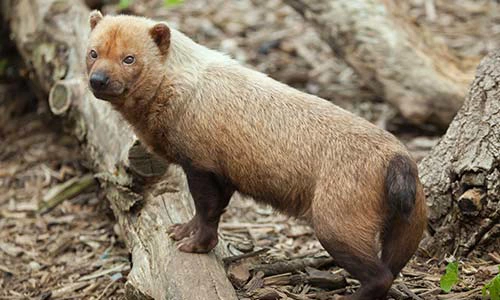
Native to the remote forests of Central and South America, the Bush Dog (Speothos venaticus) displays unique adaptations suited for a semi-aquatic lifestyle. With short legs, webbed feet, and a compact, waterproof coat, it easily navigates dense forests and wetlands. Bush Dogs live in small, cohesive family packs and are elusive, making them difficult to study in the wild. Habitat destruction and fragmentation pose significant challenges to their survival.
The Stealthy Golden Jackal
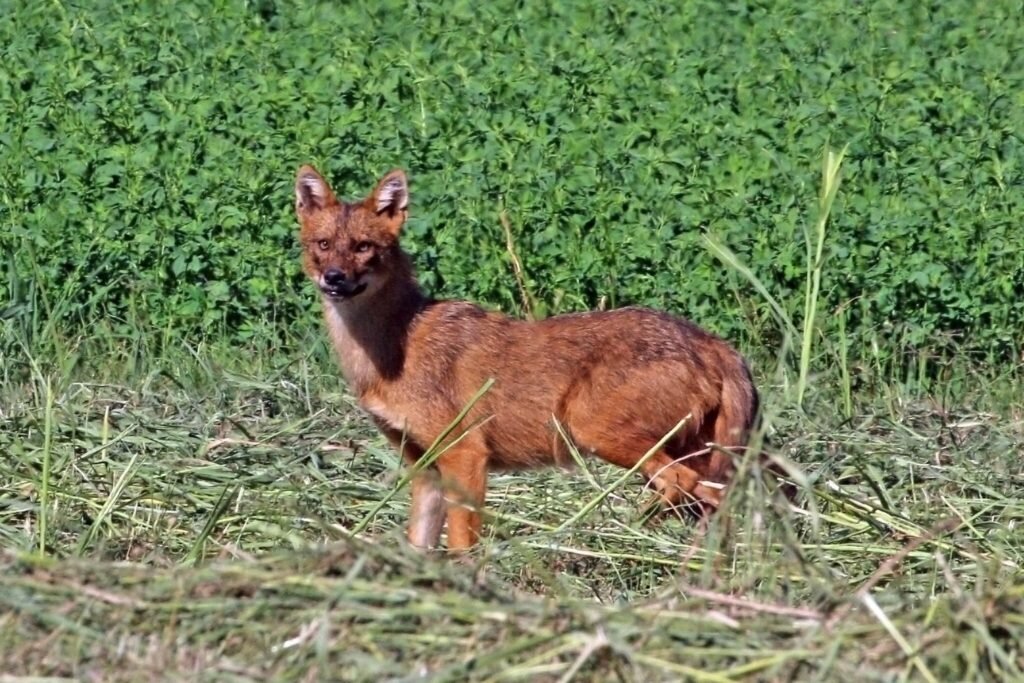
The Golden Jackal (Canis aureus) is a highly adaptable canid found across Southeast Europe, the Middle East, and South Asia. Exhibiting versatility in diet and habitat preference, they thrive in diverse environments ranging from forests to deserts. Although generally solitary hunters, Golden Jackals may form temporary partnerships for hunting and breeding. While they are of least concern in terms of conservation status, human encroachment continues to reshape their habitats.
These ten unique wild dog species exemplify the diverse adaptations and ecological roles canids play across the globe. As humans continue to expand into natural habitats, understanding and preserving these remarkable species become ever more critical. Conservation efforts that integrate local communities, promote awareness, and mitigate human-wildlife conflict are essential steps toward ensuring the survival of these fascinating members of the animal kingdom.

Andrew Alpin from India is the Brand Manager of Doggo digest. Andrew is an experienced content specialist and social media manager with a passion for writing. His forte includes health and wellness, Travel, Animals, and Nature. A nature nomad, Andrew is obsessed with mountains and loves high-altitude trekking. He has been on several Himalayan treks in India including the Everest Base Camp in Nepal.

